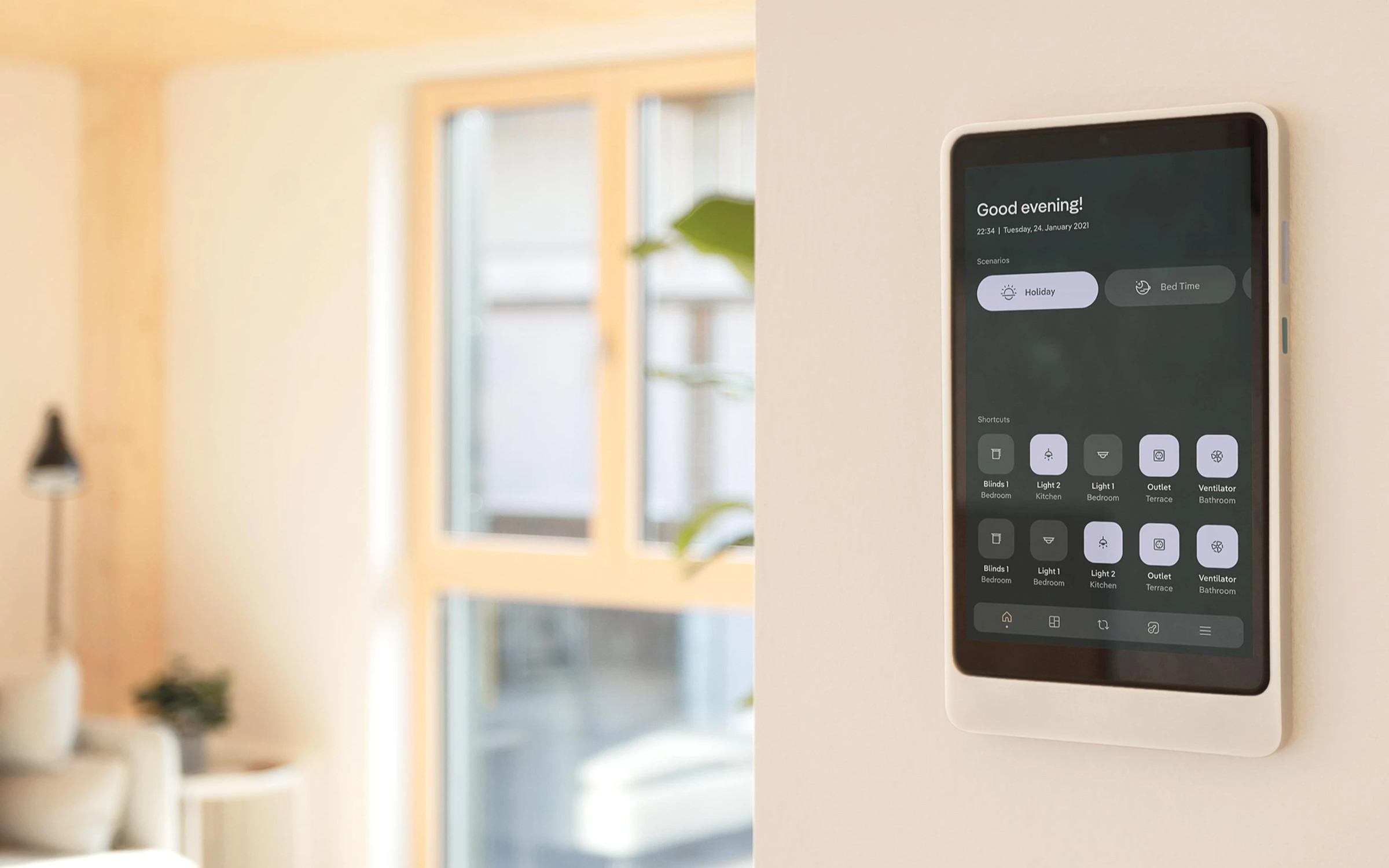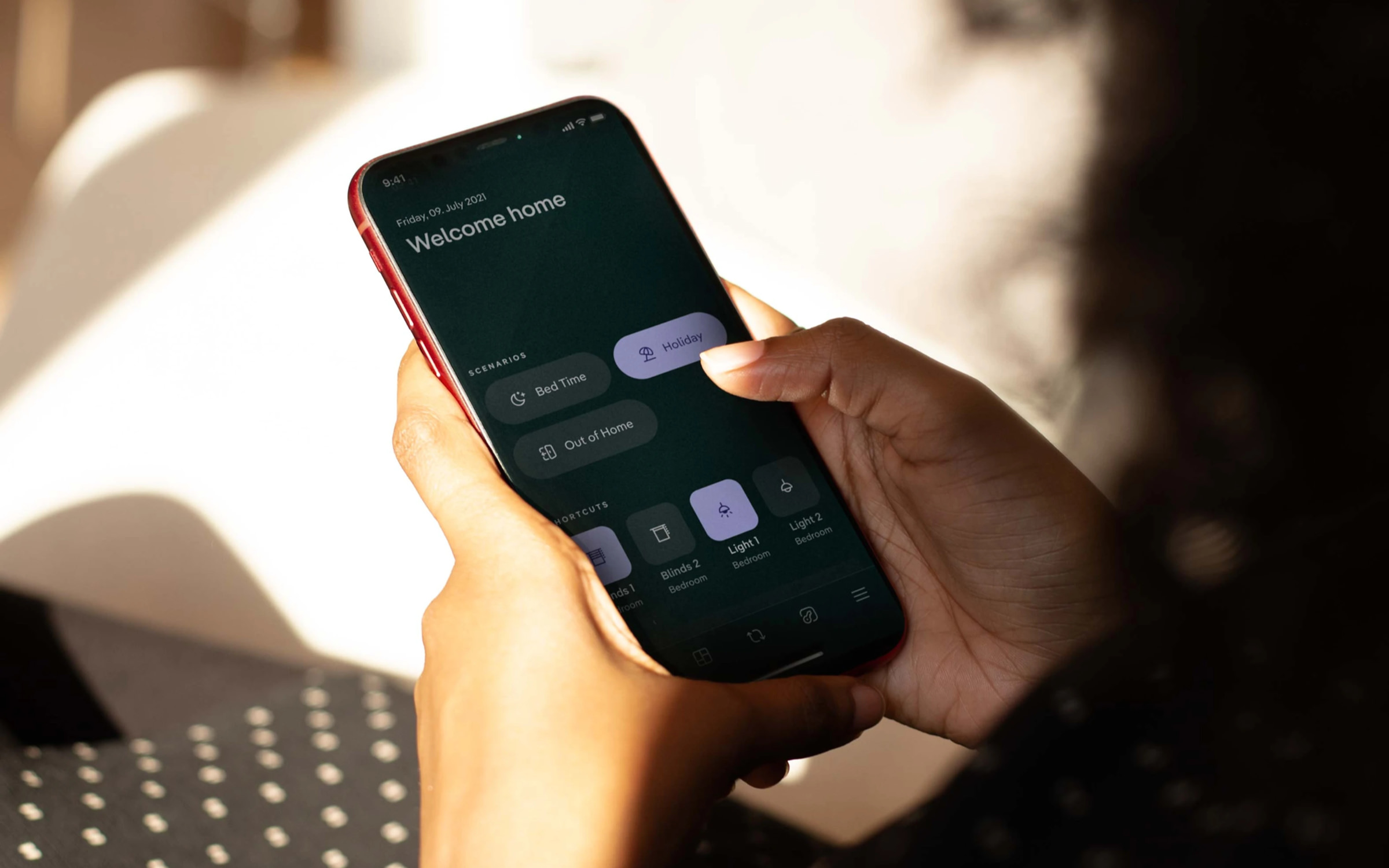hile their timber-hybrid hardware is largely standardized, customization takes place through their complete smart home network. In the background, the Gropyus operating system monitors the building’s ecological footprint, making it a cradle-to-cradle optimized zero-energy home.
“The best of design, comfort and functionality.” is the motto of Gropyus. Their taste in typography could not be described more aptly. The Berlin-based designer Julian Thiel chose Pangea as the brand font, a well-developed sans family that combines humanistic and geometric design features, i.e. comfort and function. On the Gropyus website as well as in the app, Pangea and Pangea Text perform excellently, exuding confidence and credibility.






